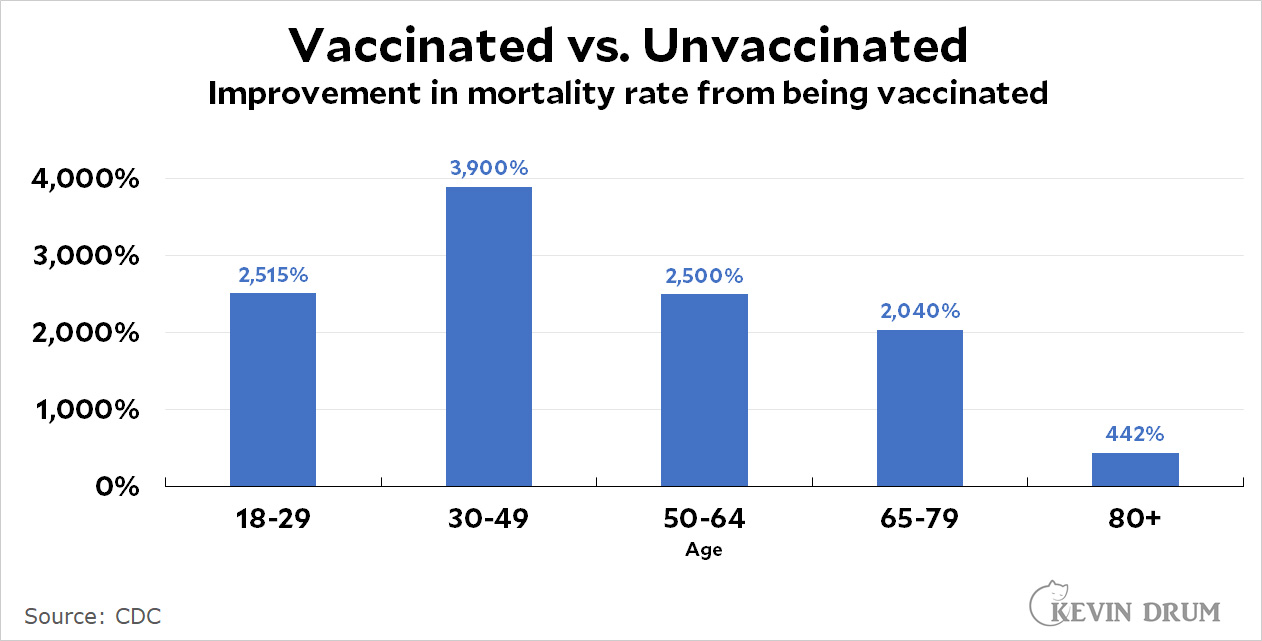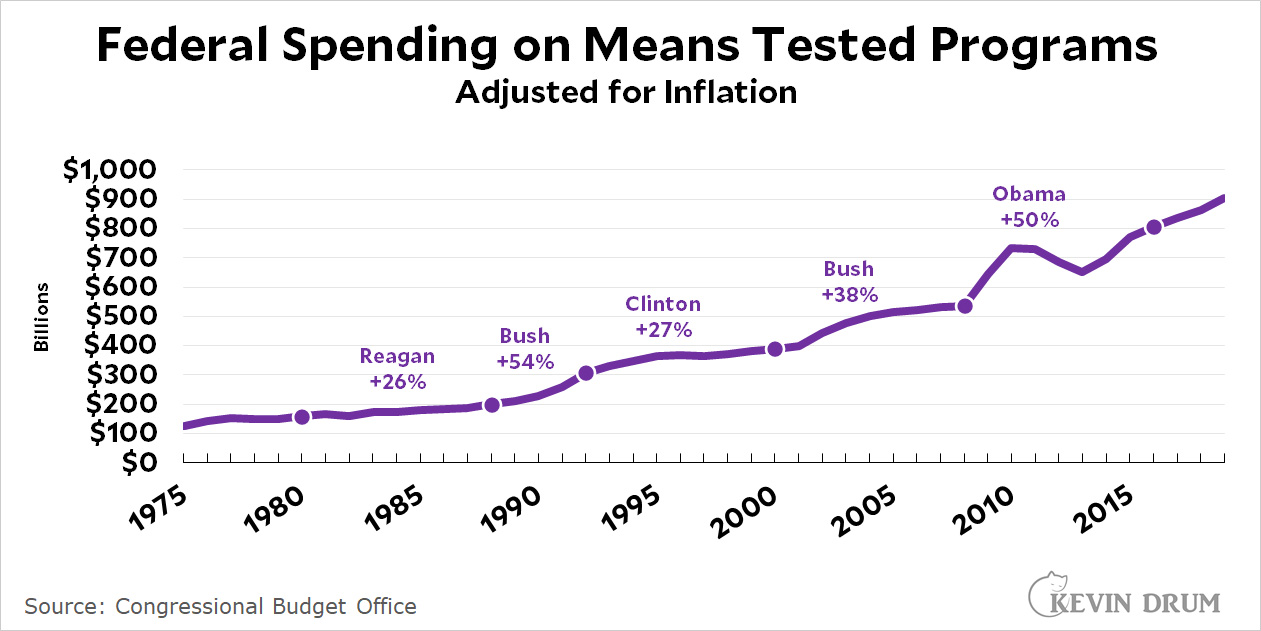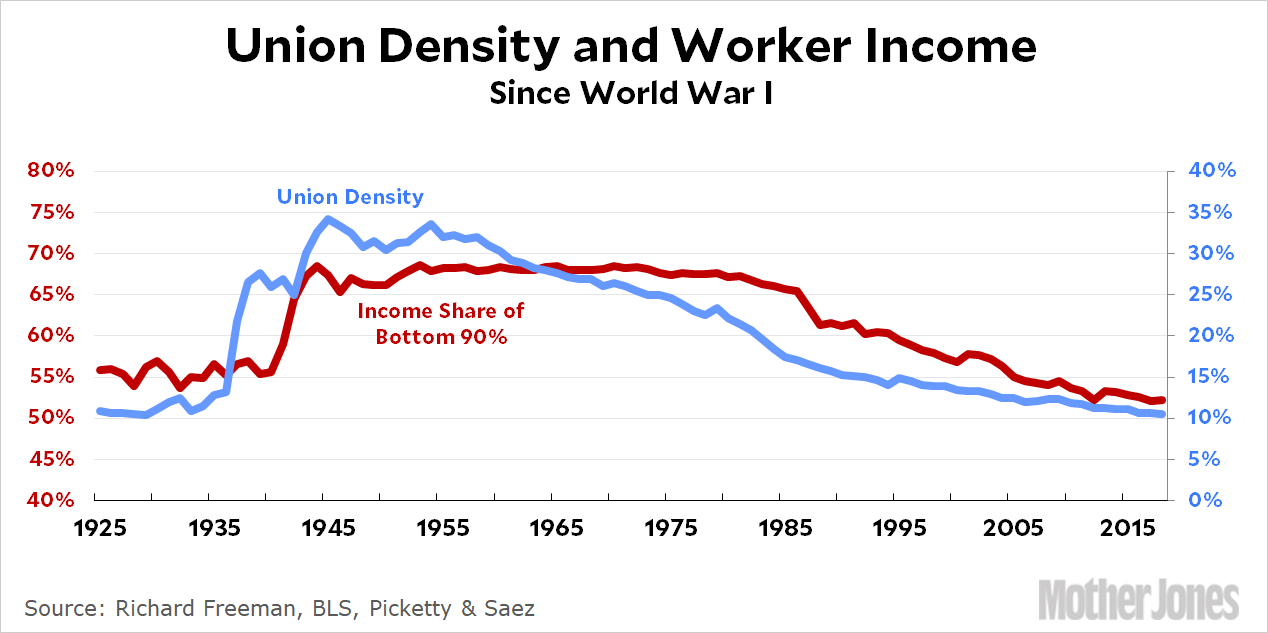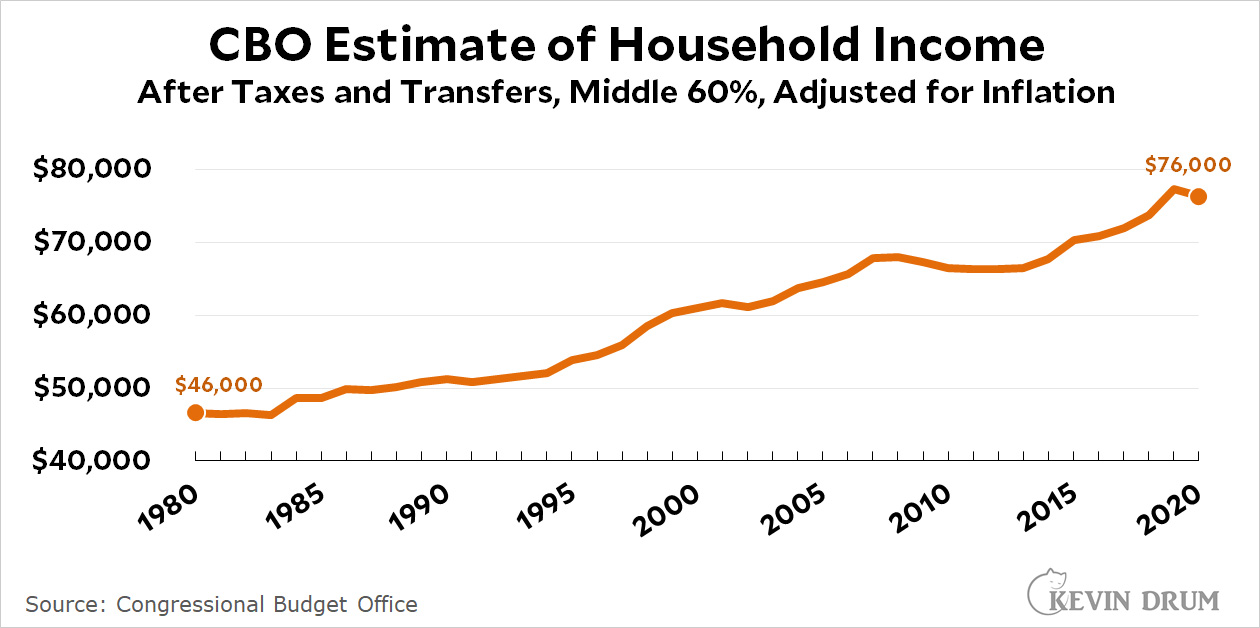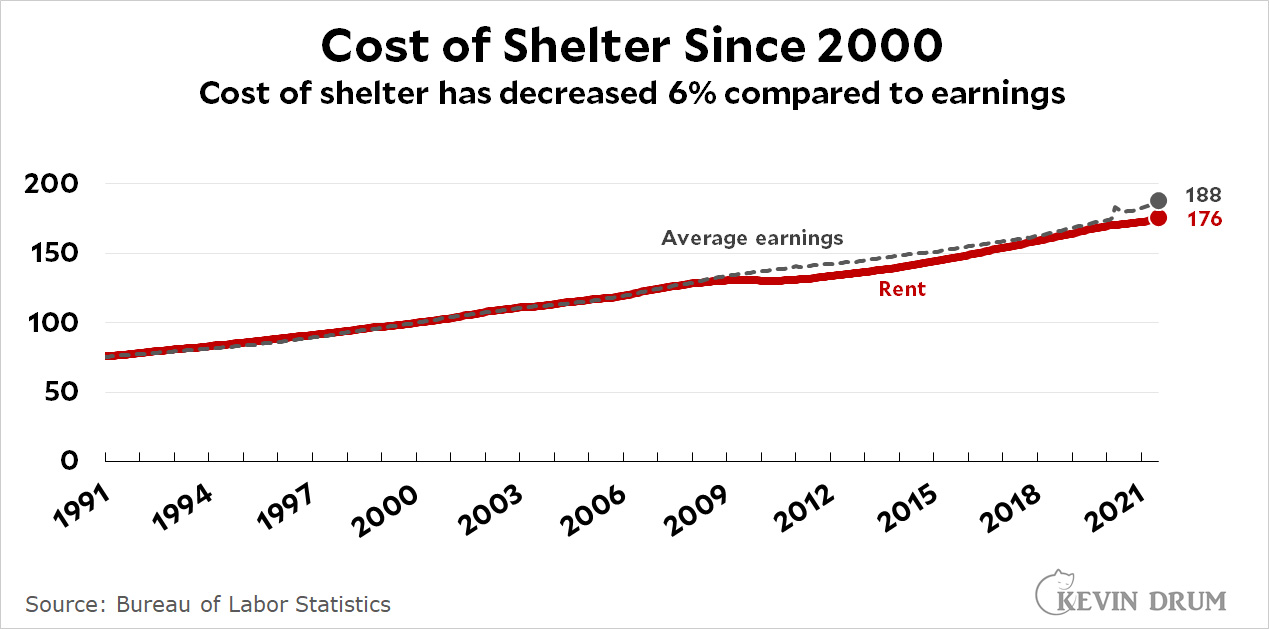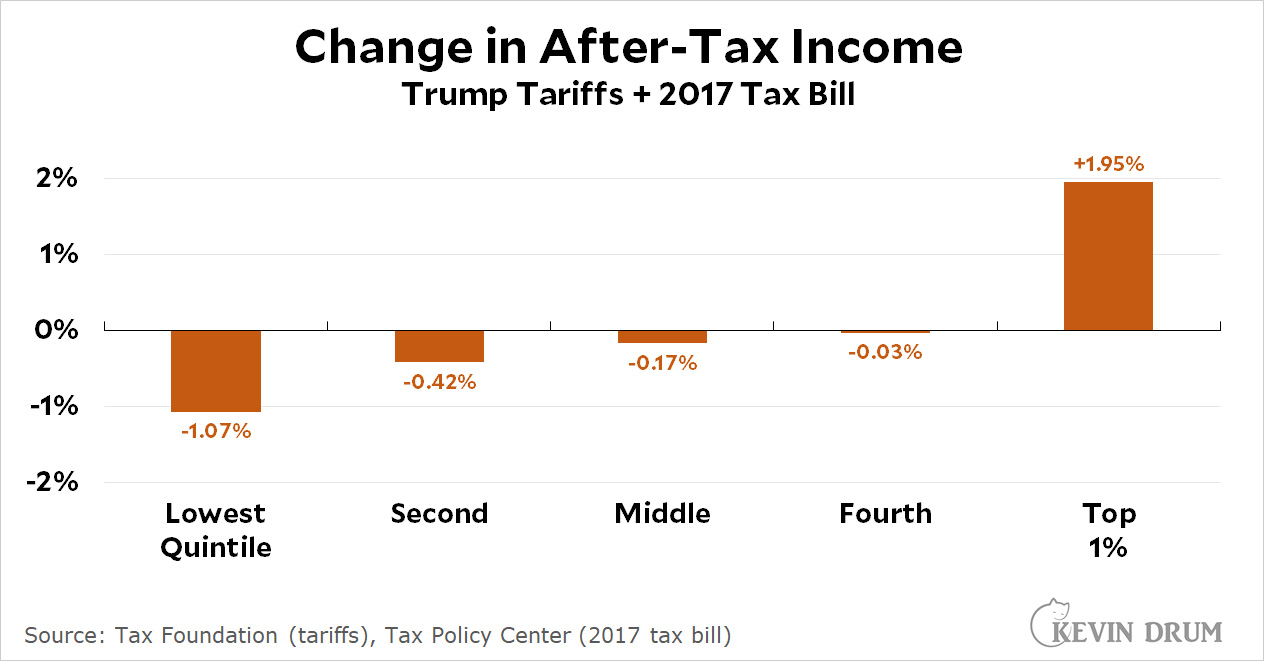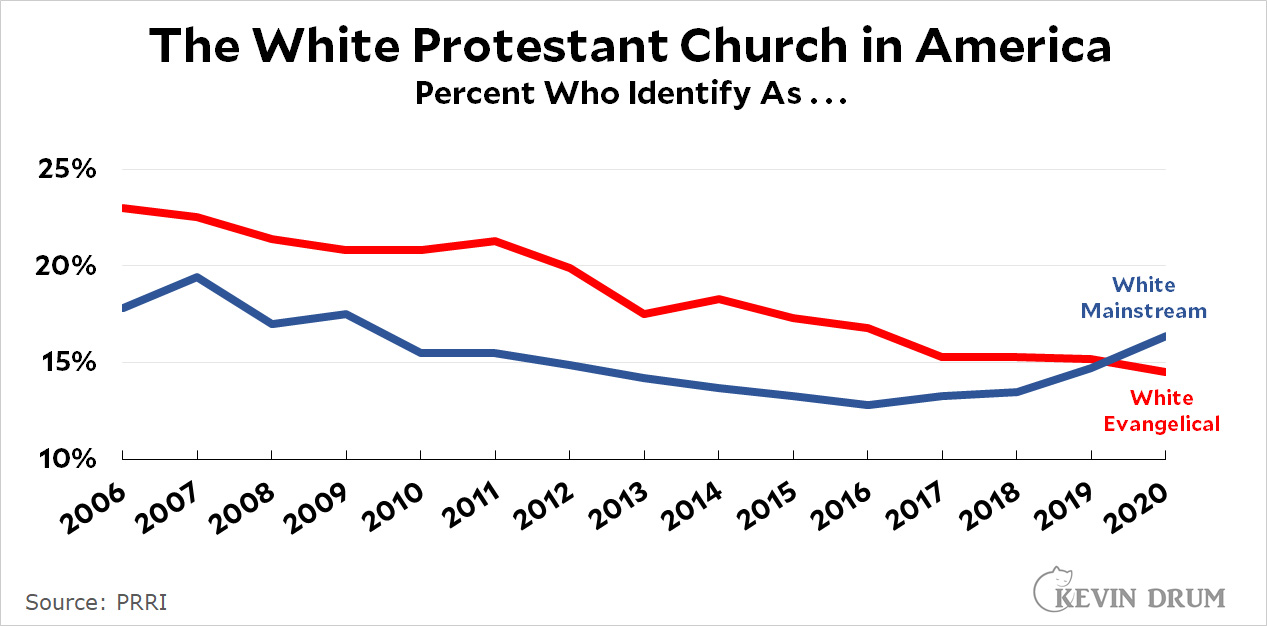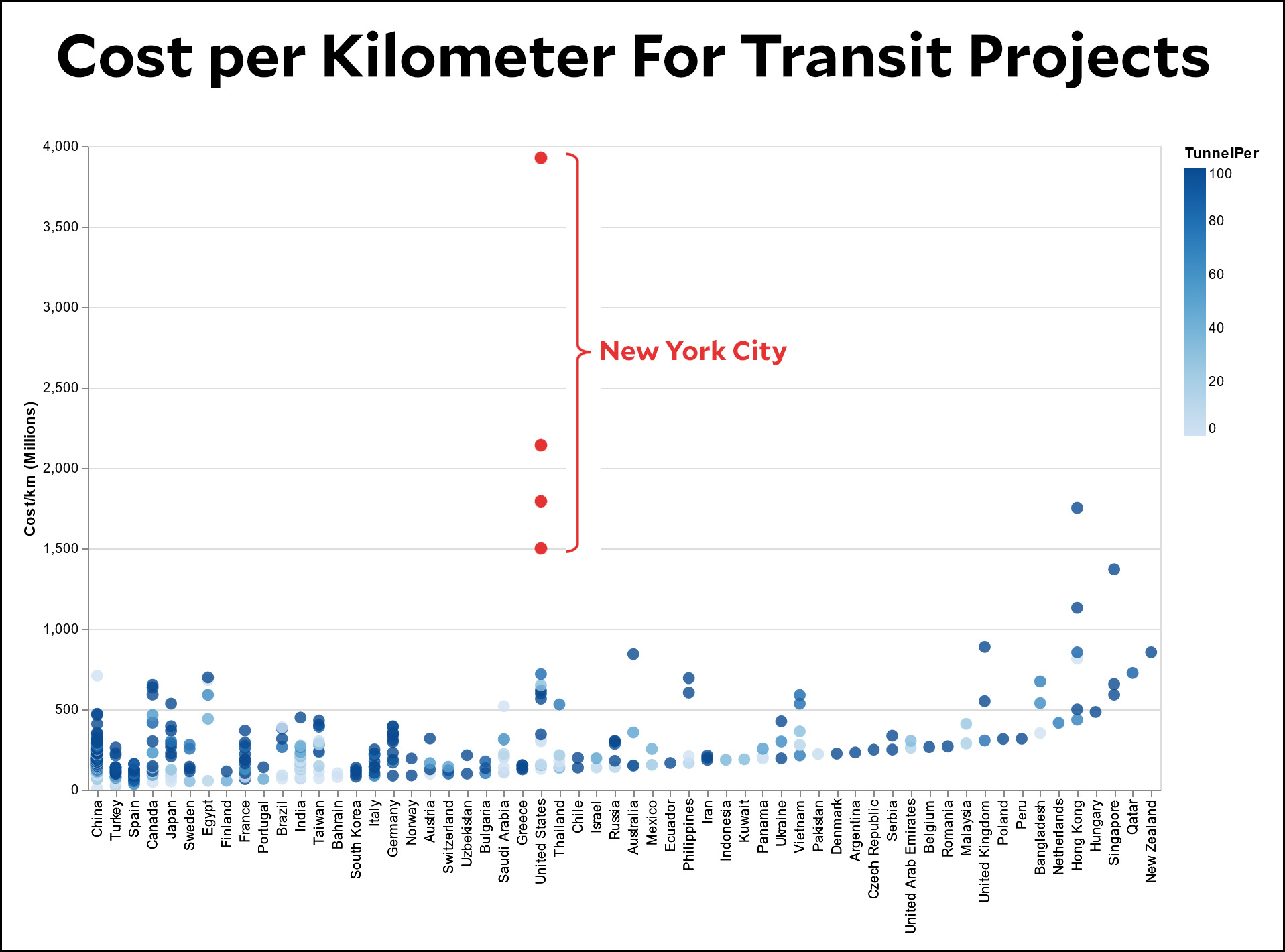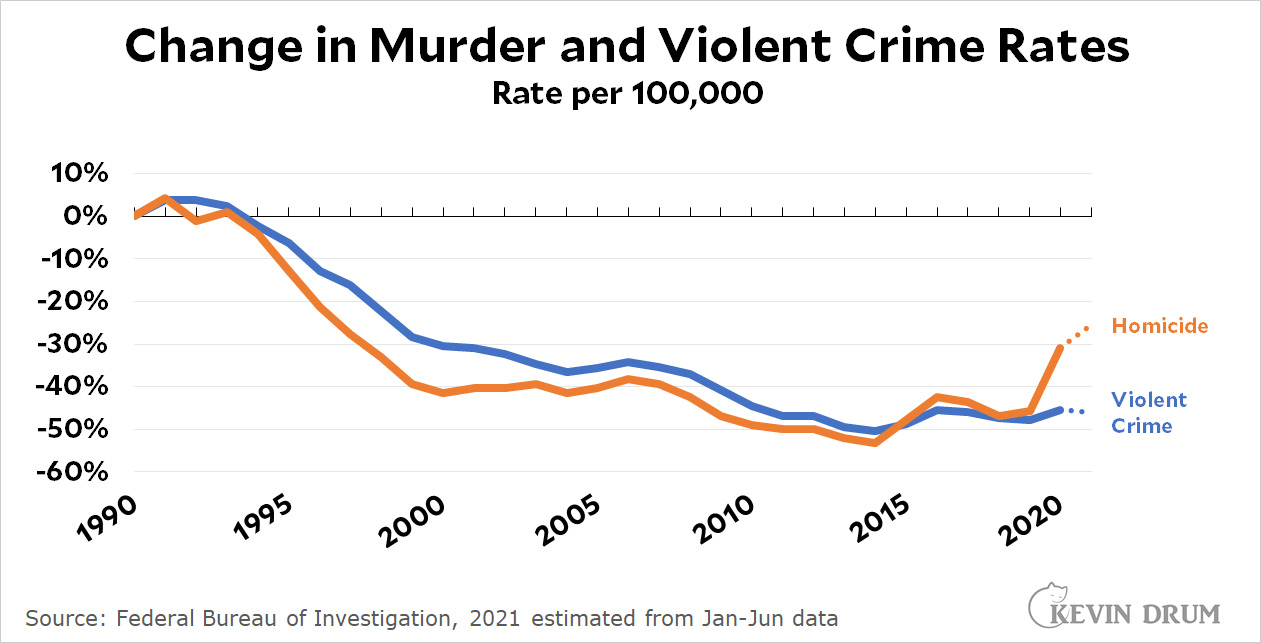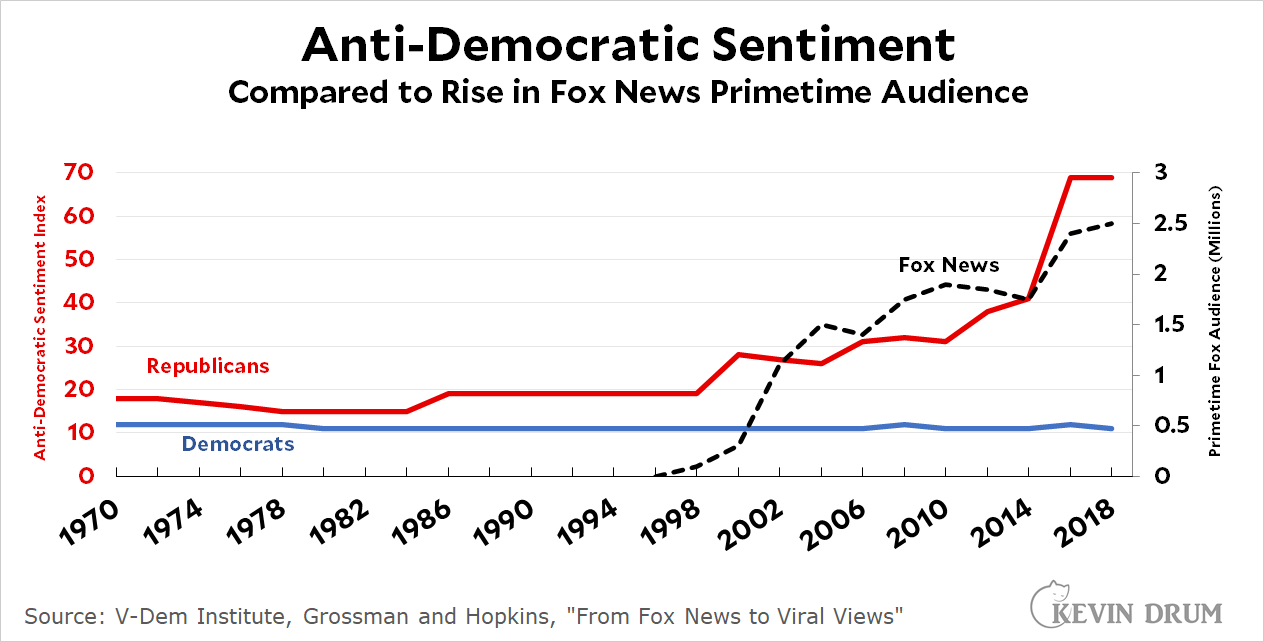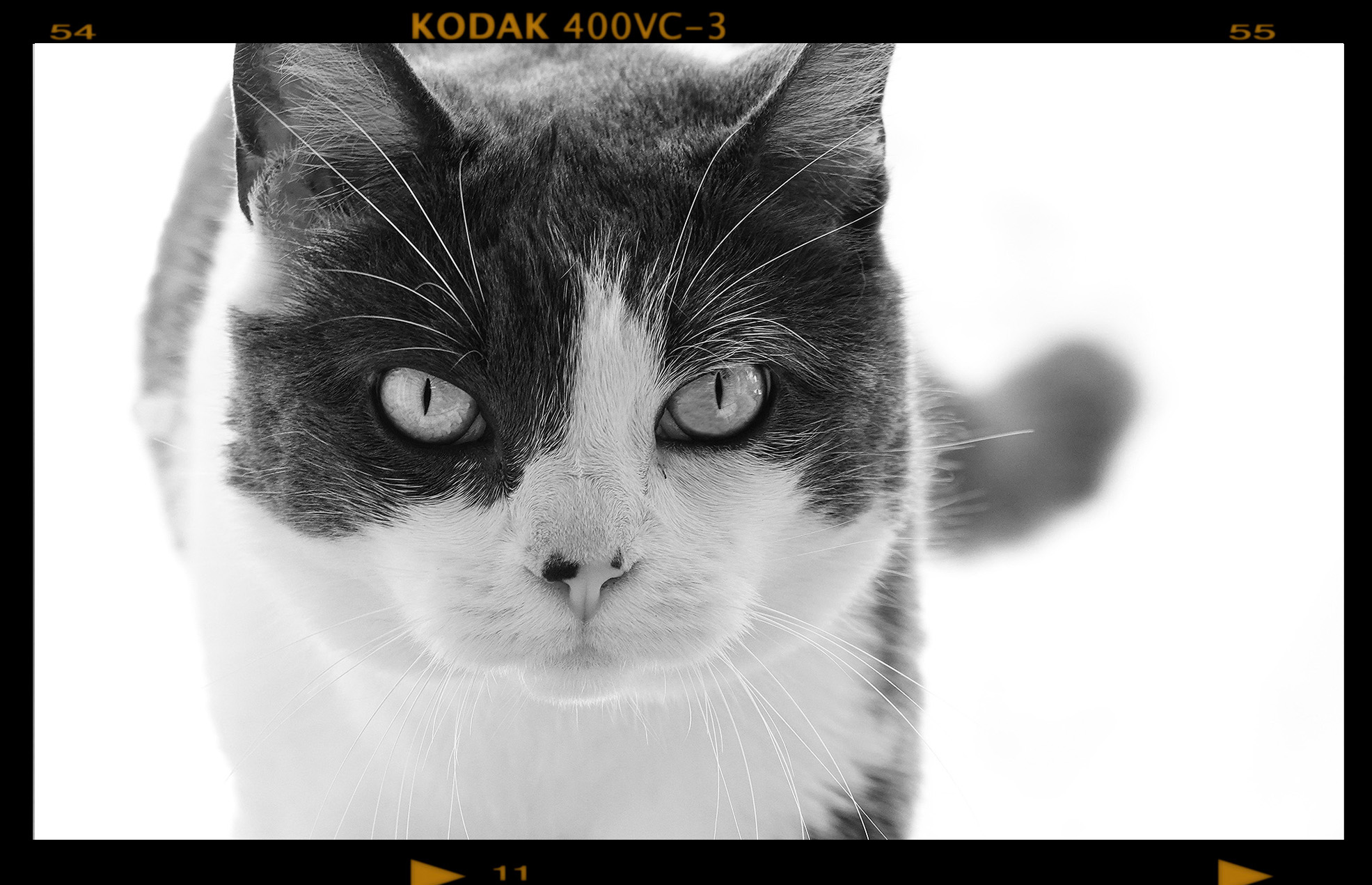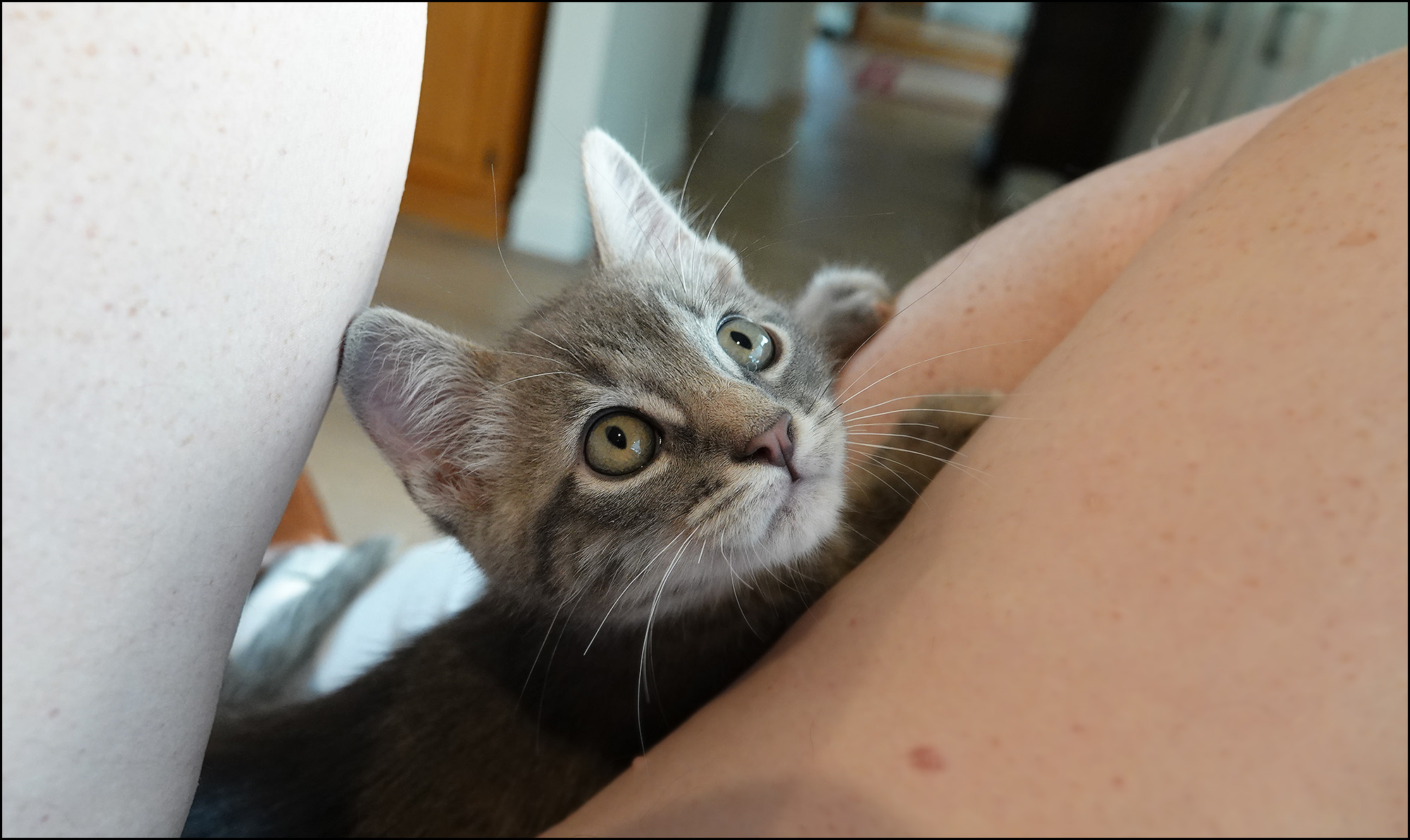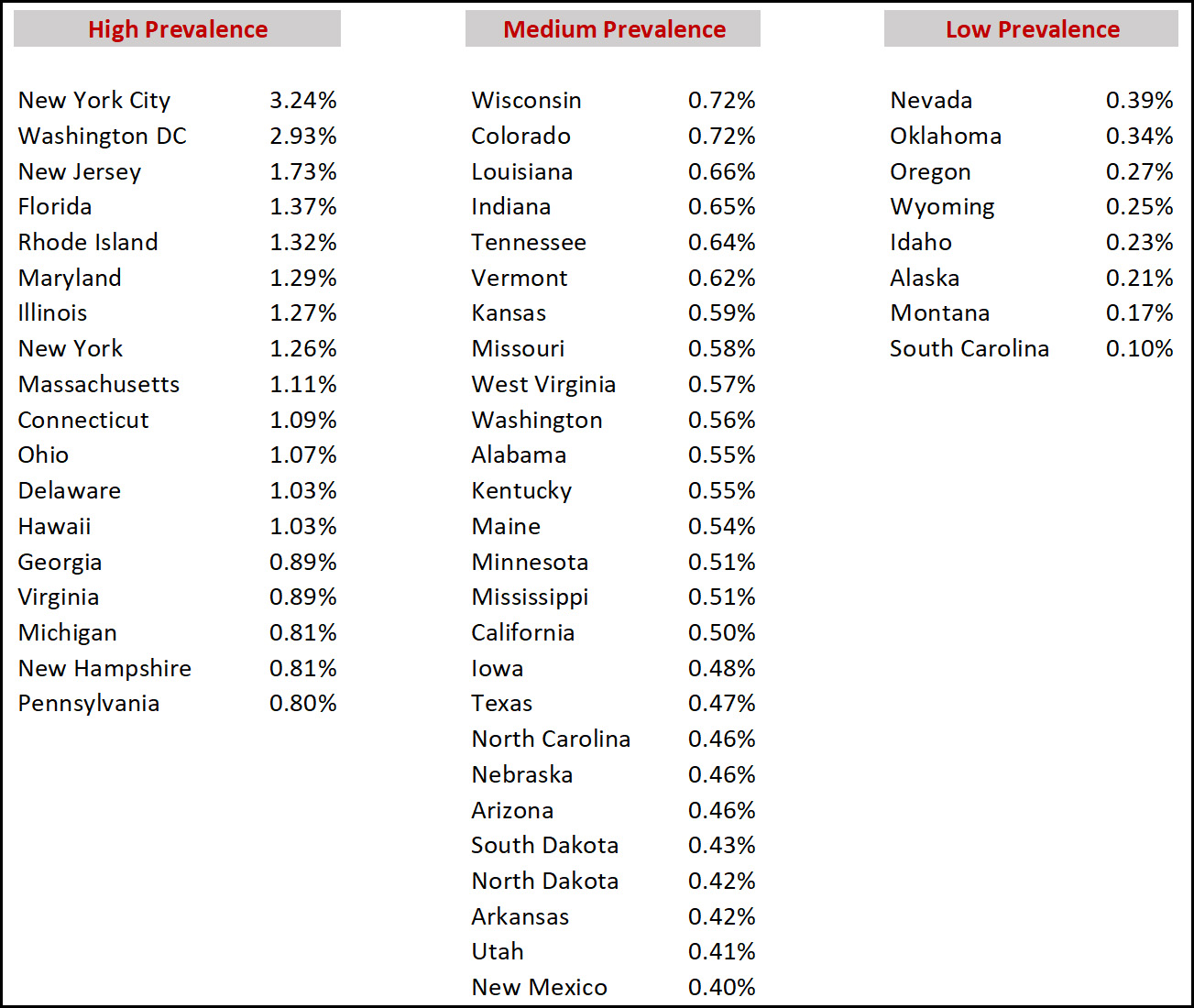There are lots of trends that range from annoying to downright fatal. Here are ten of them, mostly US but a few that span the globe. They are in no special order.
- The decline of working-class life expectancy. We still don't know for sure what's causing this, but it's for real. It's an extension of the growing long-term gap between the life expectancy of the rich and the poor, but in the past couple of decades it seems to have metastasized in some way.
- Blaming everything on social media. This really ought to stop. There's very little rigorous evidence to back it up, and quite a bit to suggest that social media is a net positive.
- The rise of aggressive, bigoted nationalism in India and China. This simply doesn't bode well in a pair of countries that contain a third of Earth's population between them.
- Our continuing lack of serious action on climate change. We meet, we talk, we set goals, and nothing ever happens.
 Given the now obvious fact that no one is really willing to change their lifestyles in the face of climate change, our only hope is new technology or, if even that fails, geoengineering.
Given the now obvious fact that no one is really willing to change their lifestyles in the face of climate change, our only hope is new technology or, if even that fails, geoengineering. - The continuing Black-white education gap. This is one of our country's biggest disgraces, and we seem to have all but given up on it. We will never overcome our racist past until we make concrete progress on this.
- The growing conservative terror about the future of America. Too many conservatives believe that liberals are stealing elections and deliberately destroying the country—and it's this fear that drives things like the January 6 insurrection. This trend predates Fox News, but Fox has certainly turned up the volume to 11.
- On a related note, the Republican embrace of Trumpism is obviously the worst thing to happen in recent years to US politics. It's inexplicable that mainstream Republican leaders and journalists have allowed this to happen.
- Charges of racism from liberals. Conservatives have complained for years that lefties are too quick to accuse conservatives of being racist. They've always had a point, but not much of one since conservatives are so obviously unwilling to police racism in their own ranks. Over the past few years, however, this lefty habit has spiraled out of control and now encompasses endless and frivolous charges of racism against anyone who misspeaks slightly or doesn't support the most up-to-the-minute racial politics of young, educated white people.
- Littering up space. First we sent up satellites by the dozens. Then the hundreds. Now we're sending them up by the tens of thousands and low earth orbit is getting crowded. The more satellites we send up, the greater the chance of collisions, which creates thousands more bits of orbiting debris. At some point, there's a chance that low earth orbit becomes unusable. I may be overreacting to this, but after watching humans poison the land, the water, and the atmosphere, it's hardly a stretch to think we may do the same to space.
- Franchise mania. This is more of a pet peeve than a dangerous trend, but it's my list, right? I'm speaking here of the art world, not the fast food world. Movies are increasingly prequels, sequels, and adaptations. In the world of science fiction and fantasy books, practically everything these days is a multi-part series in one way or another. Even serious art strikes me as being driven more by the artist-as-franchise than in the past. My advice is simple: There's nothing wrong with doing something new, doing it once, and moving on.

